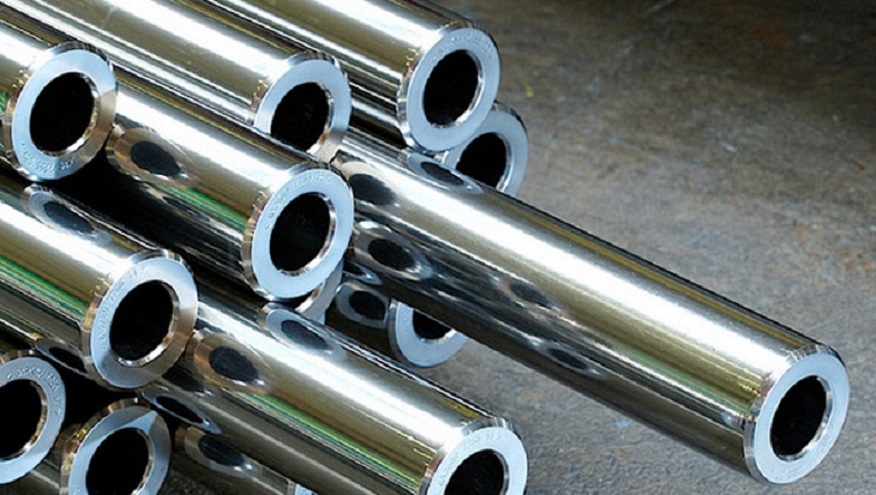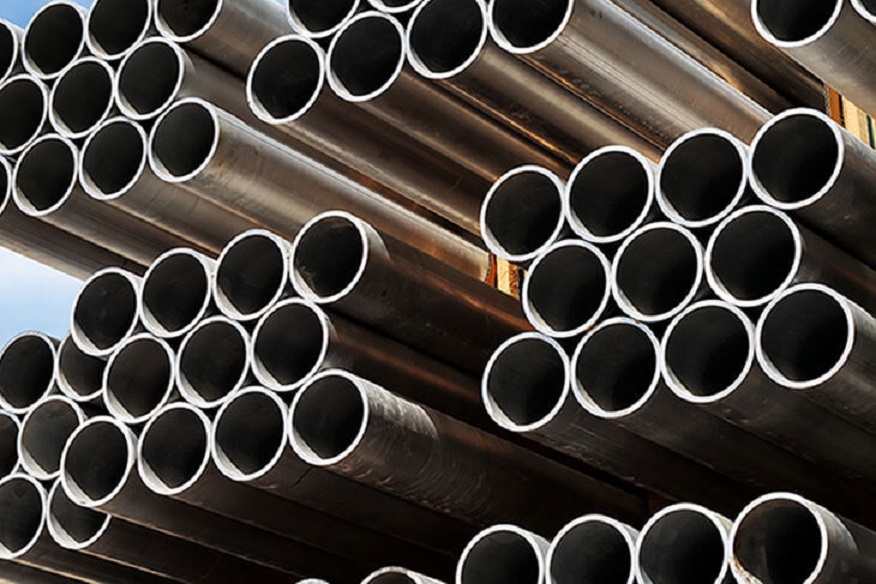Corrosion-Resistant Zirconium Alloy

Corrosion-Resistant Zirconium Alloy
In this article, we'll introduce the corrosion-resistant zirconium alloy. As we all know, zirconium has excellent corrosion resistance and can resist the corrosion of most organic acids, inorganic acids, strong alkalis, and some molten salts. Therefore, some key components in the corrosive environment can use zirconium to increase the service life.

Corrosion-Resistant Zirconium Alloy
Another way to improve the corrosion resistance of alloy parts is surface pretreatment. In the industry, the high oxygen absorption characteristic of zirconium itself is used, and the zirconium is placed in high-temperature air to obtain a dense oxide film on the surface of the zirconium, thereby improving the corrosion resistance and erosion resistance of zirconium and its alloys. Experiments have proved that the annual corrosion rate of zirconium after surface oxidation treatment in sulfuric acid medium is only 5% of pure zirconium.
At present, zirconium has been used more as a corrosion-resistant material in the chemical industry, and it has been used in heat exchangers, dyke washing towers, reactors, pumps, valves, and corrosive medium pipelines. For example, hydrolysis tubes prepared from zirconium alloys have been successfully used in hydrogen peroxide production lines, and zirconium pressure-reducing valves, agitators, and flow meters have also been used in fertilizer production, sewage treatment, and dye industries.
The corrosion-resistant zirconium alloys are mainly Zr702, Zr704, Zr705, and Zr706 alloys. The composition of Zr702 alloy is close to pure zirconium, and a small number of elements such as O, H, and N are mainly added. Its corrosion resistance is high, but its mechanical properties are low. It is used as a chemical pipeline in a sulfuric acid medium containing FeCl3. Zr705 alloy is a zirconium-niobium alloy, and its mechanical properties are twice that of Zr702 alloy. Chemical equipment that requires relatively high strength and elongation, such as barrier heat exchangers, usually uses Zr705 alloy as a raw material.
Biomedical materials are a new high-tech material in recent years, and biomedical alloys must have good compatibility with the biological fluid environment and good corrosion resistance. Ti6Al4V alloy is an earlier implanted titanium alloy used in human hard tissues, but its elastic modulus of close to 110 GPa far exceeds the elastic modulus of human natural bones of 15-30 GPa.
Zirconium is valued by scientific researchers because of its good biocompatibility, elastic modulus similar to bone, and good corrosion resistance. In the early 1990s, Smith & Nephew Richards developed a ZrTiNb alloy, which not only has an elastic modulus similar to that of human bone but also has complete biocompatibility.
Williams et al. also confirmed that the degradation of ZrTiNb alloy under the combined effect of corrosion and friction and wear is significantly less than that of Ti6Al4V alloy. Subsequently, a series of medical zirconium alloys were developed, such as the ZrNb, ZrMo, ZrCu, ZrMoTi, and ZrSi alloys.
Conclusion
Thank you for reading our article and we hope it can help you have a better understanding of the corrosion-resistant zirconium alloy. If you want to learn more about zirconium alloys or other types of refractory materials, we would like to advise you to visit Advanced Refractory Metals (ARM) for more information.
Headquartered in Lake Forest, California, USA, Advanced Refractory Metals (ARM) is a leading manufacturer & supplier of refractory metals & alloys across the world. It provides customers with high-quality refractory metals & alloys such as molybdenum, tantalum, rhenium, tungsten, titanium, and zirconium at a very competitive price.
{{item.content}}
LEVE A REPLY
{{item.children[0].content}}
{{item.content}}






